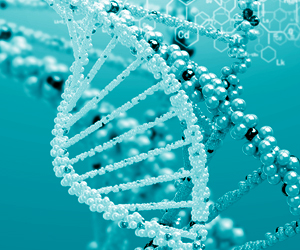Thanks to genetic modification, scientists have created the word's first blue roses, which took nearly two decades of scientific research to develop.
According to a report in the Telegraph, the blooms are genetically modified and have been implanted with a gene that simulates the synthesis of blue pigment in pansies.The blooms are genetically modified and have been implanted with a gene that simulates the synthesis of blue pigment in pansies.
The flowers, which were displayed at the International Flower Expo (IFEX) Tokyo, will go on sale commercially next autumn.
"This is the first time that these blue roses have been put on display in public," according to Megumi Mitsunaga, a spokeswoman for IFEX. "They are attracting lots of attention here because they are so unusual," she added.
The creation of the blue roses, which was long thought to be impossible, was masterminded by an Australian-based subsidiary of Suntory, a Japanese company.
Though blue roses have been available in florists in recent years, but until now, they have been created by using various dying techniques to stain the petals of naturally white roses.
Advertisement
The firm has invested three billion yen in the creation of blue roses, blue carnations and other blue flowers since 1990.
Advertisement
The world's first genetically modified blue roses were created in the laboratory four years ago, although further research was required to make them safe to grow in nature.
Following the cultivation of test batches in the United States and America, the company will be ready to sell them from next year and aims to open up a global market for blue flowers worth an estimated 30 billion yen.
Source-ANI
SPH










